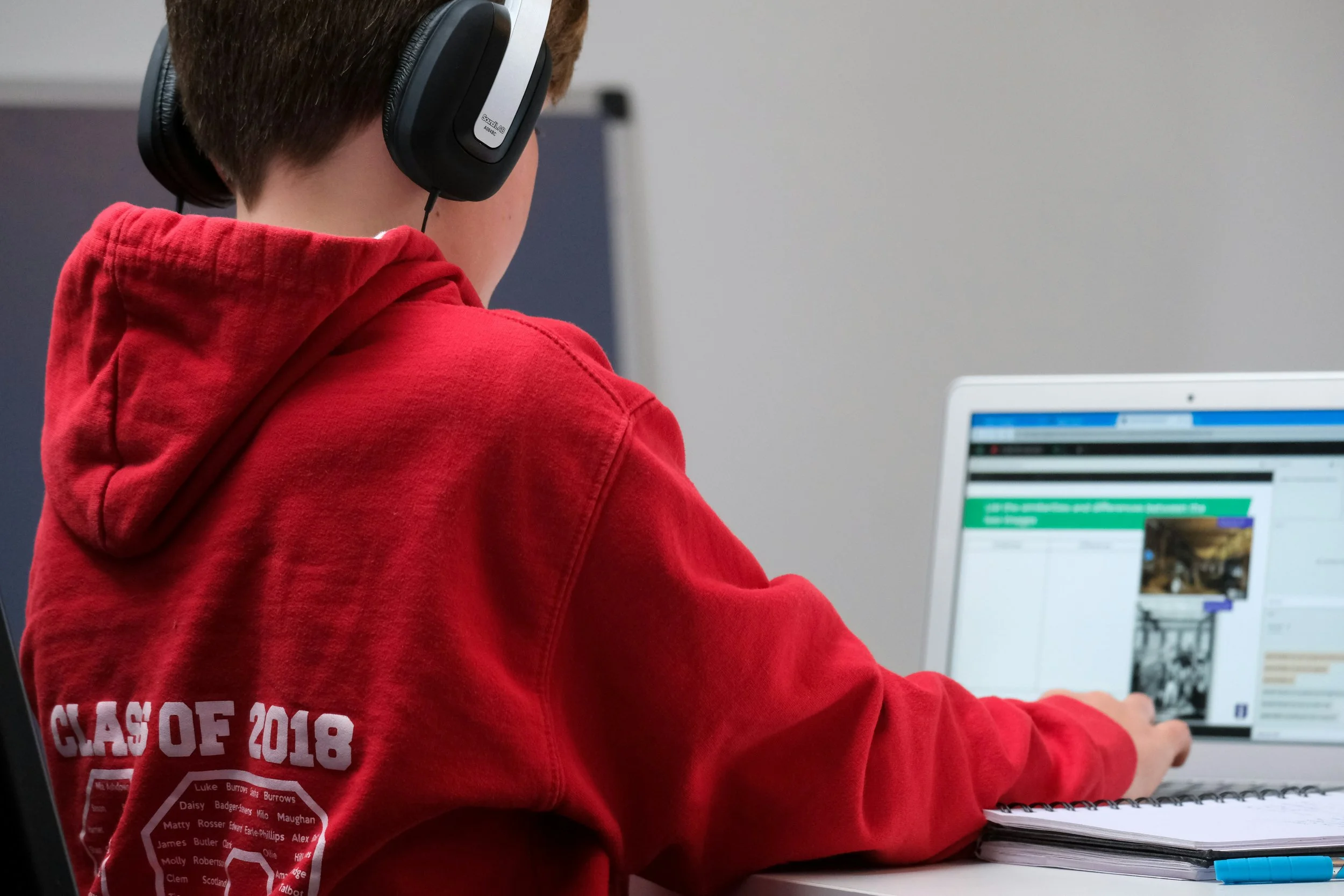Multisensory Learning: A Powerful Tool for Special Education
Multisensory learning is an educational approach that engages multiple senses simultaneously to enhance learning and retention. By involving various sensory modalities, such as visual, auditory, tactile, kinesthetic, olfactory, and sense of taste, educators can create more engaging and effective learning experiences for students with diverse needs, particularly those in special education.
The Science Behind Multisensory Learning
The human brain is wired to learn through multiple senses. When information is presented in various ways, it activates different neural pathways, strengthening connections and improving memory and comprehension. Multisensory learning capitalizes on this principle, making it a valuable tool for students with special needs.
Benefits of Multisensory Learning in Special Education
Multisensory learning offers numerous benefits for students with special education needs:
Improved Attention: By engaging multiple senses, multisensory learning can help students with ADHD and other attention disorders to stay focused and on task.
Enhanced Memory: When information is presented through various sensory modalities, it is more likely to be encoded and stored in long-term memory.
Deeper Understanding: Multisensory learning can help students with learning disabilities to develop a deeper understanding of concepts by providing multiple entry points to information.
Increased Motivation: Engaging and interactive multisensory activities can boost students' motivation and enthusiasm for learning.
Better Social Skills: Collaborative multisensory activities can help students with autism and other social communication disorders to develop social skills and improve their ability to interact with peers.
Real-World Examples of Multisensory Learning in Special Education
Multisensory learning is being used in various ways in special education classrooms around the world:
Reading and Language Arts:
Phonics: Using colorful flashcards, tactile letter tiles, and auditory cues to teach phonics skills.
Vocabulary: Creating word walls, using word sorts, and acting out vocabulary words.
Reading Comprehension: Using graphic organizers, highlighting key points, and role-playing characters.
Math:
Number Sense: Manipulating objects, using number lines, and singing number songs.
Geometry: Building shapes with blocks, drawing diagrams, and using geometric puzzles.
Problem-Solving: Acting out word problems, using visual aids, and discussing strategies.
Science:
Experiments: Conducting hands-on experiments, observing phenomena, and recording data.
Concepts: Using models, diagrams, and virtual reality to explore scientific concepts.
Nature Studies: Going on nature walks, collecting specimens, and creating nature journals.
The Future of Multisensory Learning in Special Education
As technology continues to advance, the potential for multisensory learning in special education is limitless. Virtual and augmented reality, artificial intelligence, and adaptive technology can be used to create personalized and engaging learning experiences for students with diverse needs. For example, virtual field trips can transport students to historical sites, while adaptive technology can provide tailored support for students with physical and cognitive disabilities.
By embracing multisensory learning and leveraging the power of technology, educators can empower students with special needs to reach their full potential. The future of special education is bright, and multisensory learning will undoubtedly play a significant role in shaping it.
Thanks for reading and come back soon as I will continue to dive deeper into more strategies and approaches to motivate and engage neurodiverse students.
Visit www.graceriviezzo.com to contact me or to learn more!
